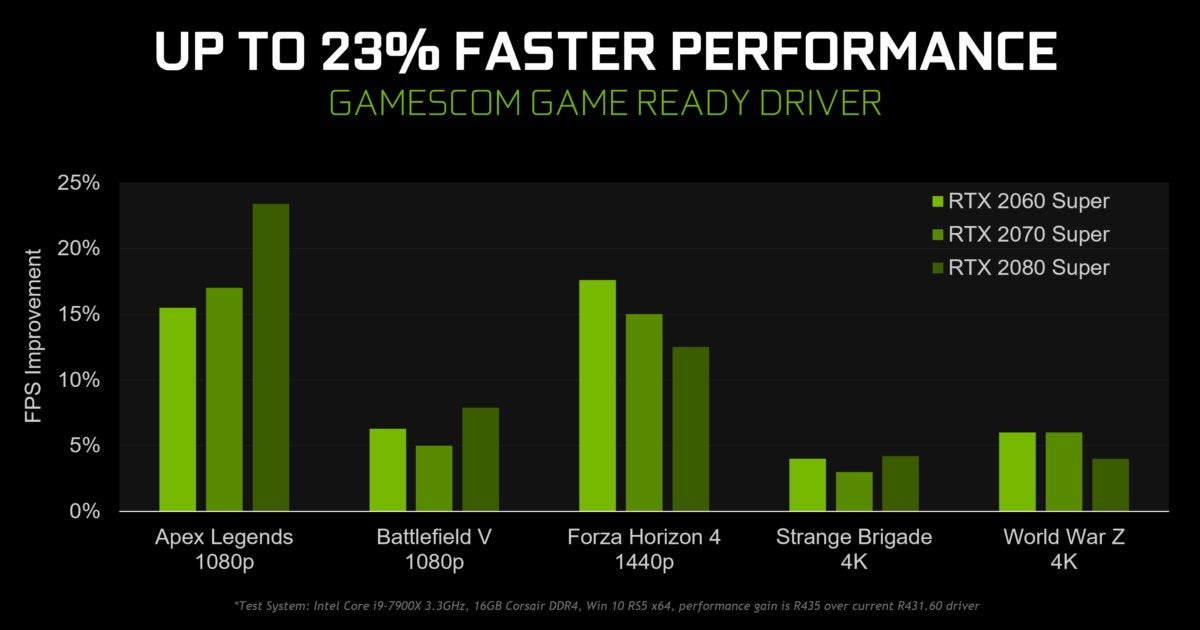If the device-specific driver is distributed through Windows Update, you can manually update the driver by using Device Manager. For more information about how to do this, see update drivers in Windows 10. If the device is not yet connected, first install the device-specific driver, such as by using the appropriate installer. In Internet Explorer, click Tools, and then click Internet Options. On the Security tab, click the Trusted Sites icon. Click Sites and then add these website addresses one at a time to the list: You can only add one address at a time and you must click Add after each one. All current software, firmware, and drivers for the Surface Pro 3; including optional WinTab drivers. Links to drivers for other Surface devices are in the Details section below. More commonly known as a driver, a device driver or hardware driver is a group of files that enable one or more hardware devices to communicate with the computer's operating system. Without drivers, the computer would not be able to send and receive data correctly to hardware devices, such as a printer.
An input device sends information to a computer system for processing, and an output device reproduces or displays the results of that processing. Input devices only allow for input of data to a computer and output devices only receive the output of data from another device.
Most devices are only input devices or output devices, as they can only accept data input from a user or output data generated by a computer. However, some devices can accept input and display output, and they are referred to as I/O devices (input/output devices).
Magnetic Stripe Reader, Chip and Pin Reader, Barcode Reader, Magnetic Ink Character Recognition (MICR), Optical Mark Recognition (OMR), Optical Character Reader (OCR) Examples of Direct Input Devices: #. The table below shows you some examples of direct input devices. Click each device to move to more information.
For example, as shown in the top half of the image, a keyboard sends electrical signals, which are received as input. Those signals are then interpreted by the computer and displayed, or output, on the monitor as text or images. In the lower half of the image, the computer sends, or outputs, data to a printer. Then, that data is printed onto a piece of paper, which is also considered output.
Input devices
An input device can send data to another device, but it cannot receive data from another device. Examples of input devices include the following.
- Keyboard and Mouse - Accepts input from a user and sends that data (input) to the computer. They cannot accept or reproduce information (output) from the computer.
- Microphone - Receives sound generated by an input source, and sends that sound to a computer.
- Webcam - Receives images generated by whatever it is pointed at (input) and sends those images to a computer.
For additional information and examples, see our input device page.
Output devices

An output device can receive data from another device and generate output with that data, but it cannot send data to another device. Examples of output devices include the following.
- Monitor - Receives data from a computer (output) and displays that information as text and images for users to view. It cannot accept data from a user and send that data to another device.
- Projector - Receives data from a computer (output) and displays, or projects, that information as text and images onto a surface, like a wall or screen. It cannot accept data from a user and send that data to another device.
- Speakers - Receives sound data from a computer and plays the sounds for users to hear. It cannot accept sound generated by users and send that sound to another device.
For additional information and examples, see our output device page.
Input/output devices
An input/output device can receive data from users, or another device (input), and send data to another device (output). Examples of input/output devices include the following.
- CD-RW drive and DVD-RW drive - Receives data from a computer (input), to copy onto a writable CD or DVD. Also, the drive sends data contained on a CD or DVD (output) to a computer.
- USB flash drive - Receives, or saves, data from a computer (input). Also, the drive sends data to a computer or another device (output).
Drivers Ivt Input Devices Device
For additional information and examples, see our input/output page.
Additional information
- See our input device and output device pages for additional information and links.
Drivers IVT Input Devices
Drivers Ivt Input Devices Download
1. Introduction
An input device is a piece of hardware that is used to enter data into a computer.
There are many different kinds of input devices. They are split into two categories - manual input devices and automatic input devices.
You don't need to know a great deal about any particular one but you do need to be able to make suggestions as to the most appropriate input device to use in a given scenario. You also need to be able to explain why your choice is the right one and compare it to other input devices that you could have chosen.
